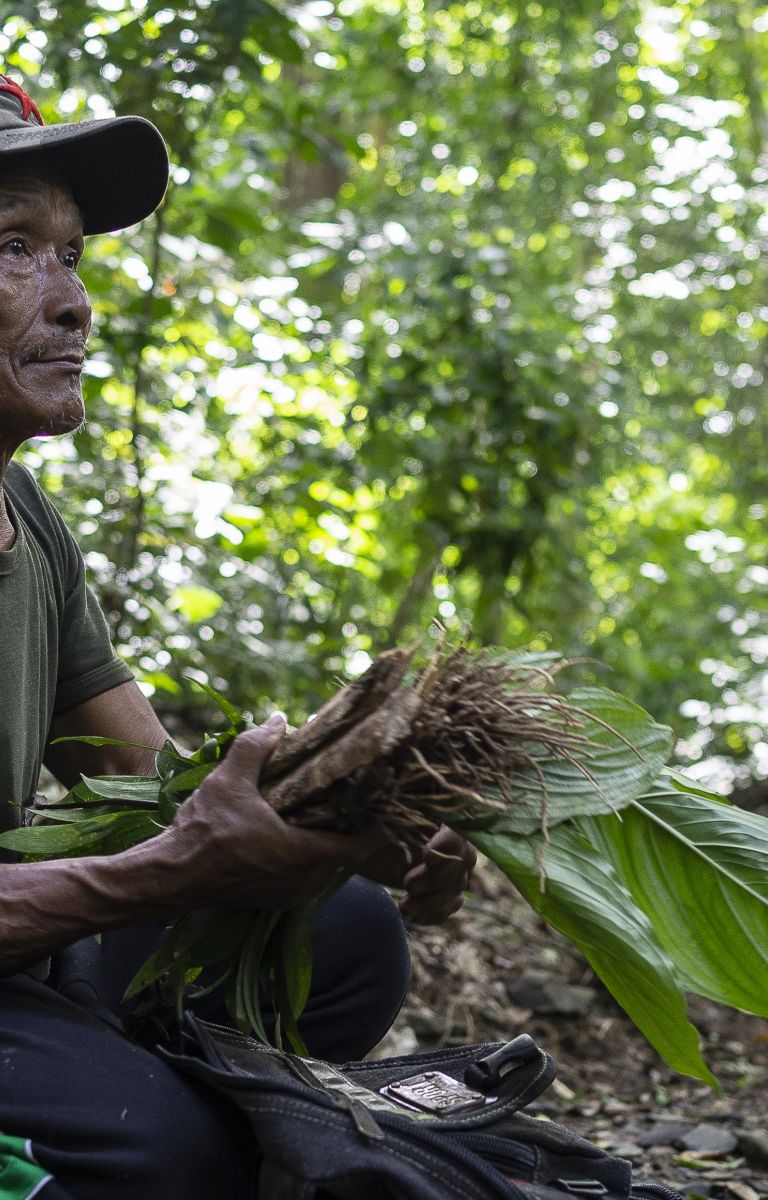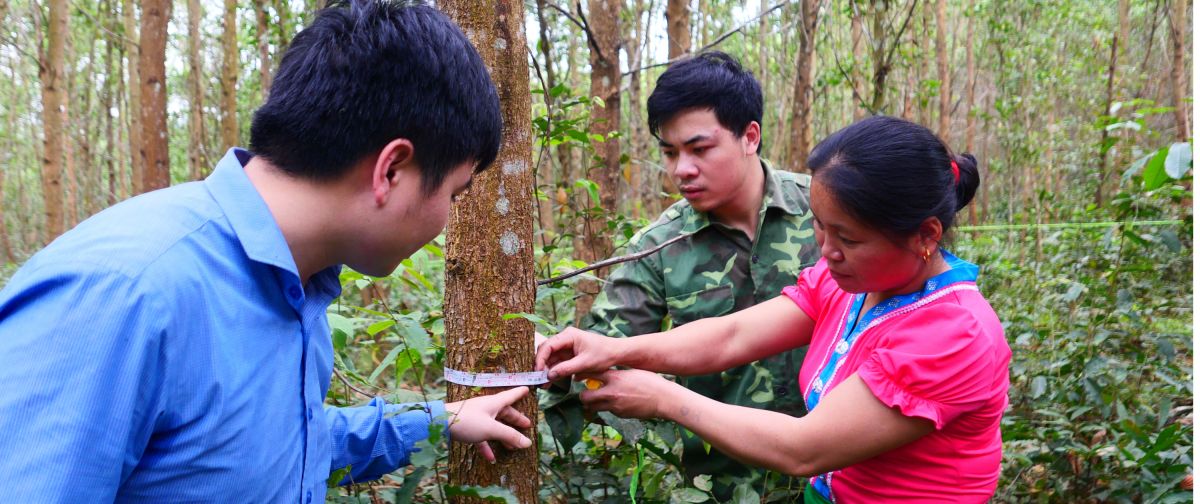

It is not easy to stop a vicious cycle of degradation caused by over-exploitation and replace it with a virtuous cycle of FLR. Challenges include how to ensure meaningful participation by marginalized stakeholders (Question 4, Chapter 5) and how to address gender inequalities (Question 7, Chapter 8).
Other common challenges are:
- Time: FLR is a long process. Trees take time to grow and engaging diverse stakeholders is time-consuming. Stakeholders need opportunities to learn about each other and to discuss, negotiate and agree on different aspects of FLR. These include priorities, boundaries, budgets, roles and responsibilities. FLR also touches upon deep-rooted, sensitive issues, such as land rights and tenure, land-use planning, illegal logging and wildlife hunting. These issues require a much longer process.
- Costs: There are considerable direct costs associated with coordination, stakeholder engagement and implementation of FLR interventions. There are also costs of foregone opportunities, such as those related to reduced harvests or income lost as result of changing from the existing land use. Such costs differ for each stakeholder group.
- Fairness: The general benefits of FLR will be enjoyed by landscape stakeholders and other indirect groups. However, poor people and other marginalized groups will be more deeply affected by the immediate restrictions in resource access and use that result from FLR. This could put the success of FLR in peril. Early and careful calculation of costs and benefits for each group, especially the most marginalized groups, should be carefully studied. More information about this can be found in A Cost-Benefit Framework for Analyzing Forest Landscape Restoration Decisions.
- Unquantifiable goods and services: “The Economics of Restoration” states that economic tools can help quantify non-monetary benefits and costs. The publication also points out that many ecosystem goods and services are not amenable to market valuation despite their indisputable ecological or social values. This poses an enormous challenge in discussions and negotiations among stakeholders who decide FLR priorities.
- Conflicting views: Interest-based conflicts among stakeholder groups are almost unavoidable during FLR processes. Governments may pursue ecological and environmental gains, while local communities seek better livelihoods and businesses prioritize economic targets. Trade-offs are inevitable. It is therefore crucial to facilitate negotiations and resolve conflicts, ideally with a neutral moderator. To read more on stakeholder processes, see Emborg et al (2012) and Kusumanto (2005).

- Complexity: FLR is a multi-disciplinary approach that involves diverse stakeholders. They bring to the discussion table a diverse range of technical perspectives, interests and values, including land rights and tenure, culture, biodiversity and wildlife, water, timber and ecotourism. These issues are intertwined. For example, land rights and tenure need to be clarified and secured to ensure forest management practices and other land-related FLR interventions are effective.
- Uncertainty: These are factors that change over time under external pressures, such as market forces, climate change, natural disasters and political directions. With so many variables, it is extremely challenging to understand and manage the complexity of FLR projects or programs for positive results, especially in the long term.
